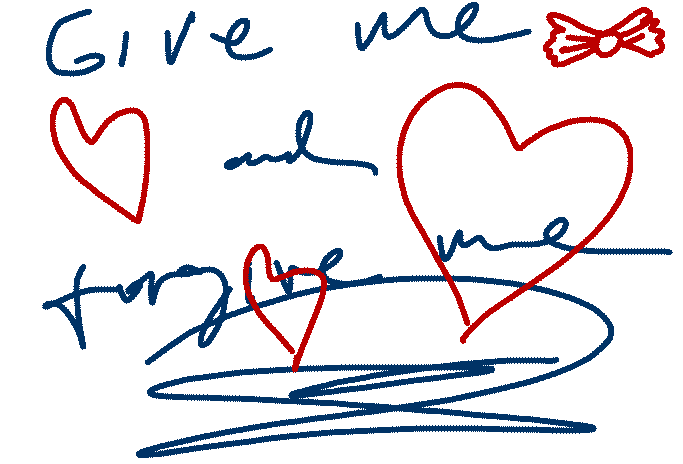
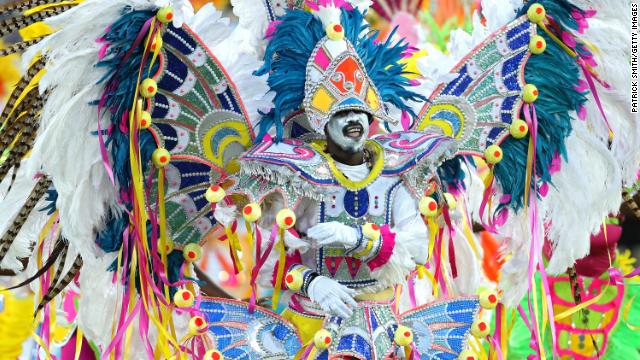
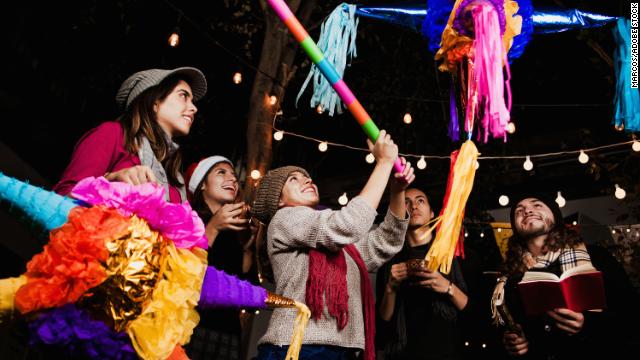
Christmas quiz: How well do you know these holiday celebrations around the world?
By AJ Willingham and Ivory Sherman
What is the name of the scary, horned mythical figure from Alpine folklore that follows St. Nicholas around, terrorizing naughty children?

During Christmastime in some European areas like Austria and Bavaria, you’ll probably see a lot of Krampus — horns, hairy hide and all.
What is the star ingredient in a traditional British Christmas pudding?

This is tricky, because Christmas pudding is also referred to as “plum pudding.” But plum here can refer to any dried fruit — usually raisins — and traditional recipes date back to medieval times.
The “Christmas Log,” also known in the native language as the “pooping log,” is a beloved tradition in which children feed and clothe a log during Christmastime, in hopes that it will eventually, well, excrete presents. In which country did this one-of-a-kind ritual originate?

The “Tió de Nadal,” or “Caga Tió,” is a tradition native to Catalonia, an autonomous region in Spain. Bonus fact: To get the log to give up the goods, children typically sing songs and beat it with sticks.
People in the American South often eat this food to attract good luck in the New Year. (Hint: It’s also traditionally served during Rosh Hashanah, the Jewish New Year.)
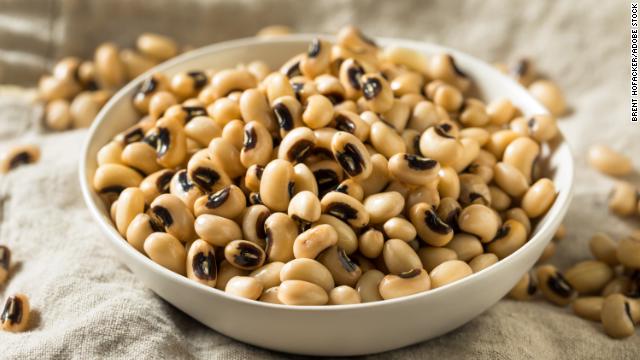
Once looked down on for their plainness and associated with poverty, black-eyed peas are now considered an auspicious dish to ring in the new year.
Many Japanese families make a tradition of eating a Christmas meal at which fast food restaurant?
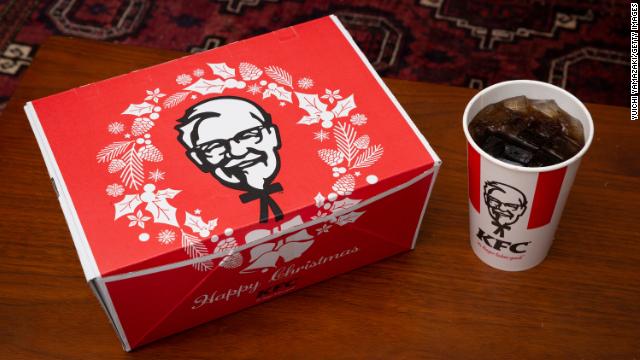
Fried chicken is a huge Christmas tradition in Japan. In fact, KFC Japan’s busiest day of the year is usually December 24. Why? CNN Travel has a great explanation. (No surprise, marketing definitely plays a part!)
Some communities across Sweden celebrate the Yule season by erecting a large straw effigy of this animal, and then setting it on fire.
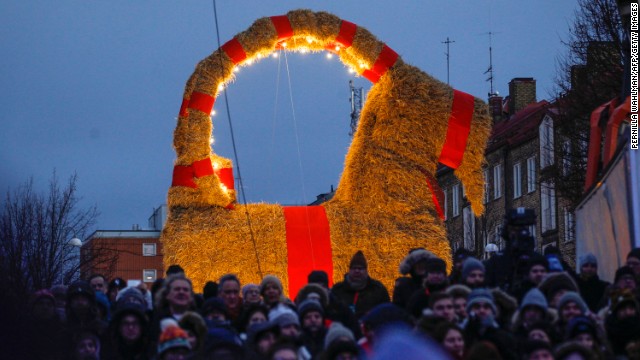
The Yule Goat, or “Julbock,” is a common sight in Sweden around the winter solstice; and not just in giant, flammable form. Little ornament-sized versions are popular, too (and safer).
Every year, the world’s largest Hannukah menorah makes an appearance in which city?

A 32-foot steel menorah is erected near New York City’s Central Park at sundown on every first day of Hannukah. However, there are actually two of these giant menorahs that vie for the title of the tallest — the one in Manhattan, and another in Brooklyn.
Las Posadas is a Christmas festival celebrated in Mexico that traditionally includes children in religious costumes parading through a city street, accompanied by music and carols. What moment in the biblical Christmas story does this celebration commemorate?

Las Posadas means “The Inns,” and is a celebration of Mary and Joseph’s journey to Bethlehem. At the end of the procession, children sometimes get to crack open a piñata shaped like a star.
People in some areas of Europe and China don which color underwear to bring them luck on New Year’s Eve?

Red is considered an auspicious color in many cultures, although the specific practice of wearing red skivvies for an extra boost of luck has all kinds of possible origins.
Junkanoo is a holiday celebration that features lavish parades with intricate costumes and floats. These parades — often the talk of the community — take place on Boxing Day and New Year’s, and originated on what island nation?

Junkanoo began in The Bahamas in the 17th century as a masquerade among slaves of West African descent. Junkanoo parades have since cropped up in other areas of the Caribbean the the US, but it is still considered a uniquely Bahamian tradition.






